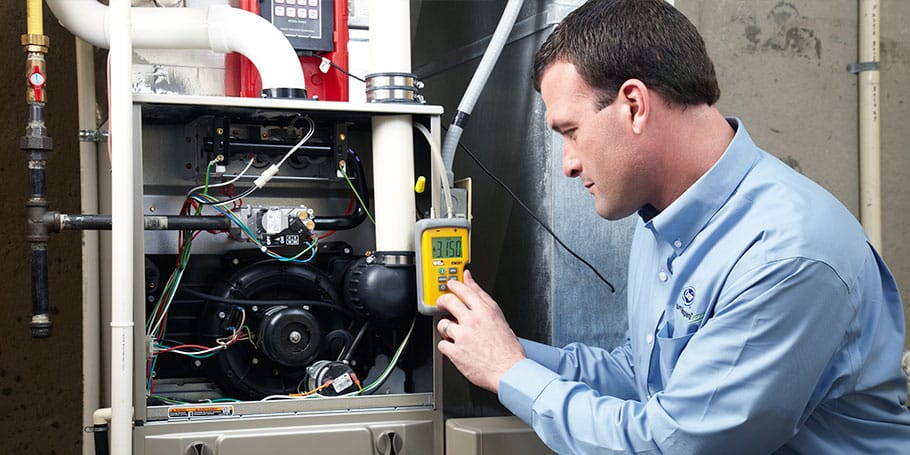When it comes to tools, few are as ubiquitous and versatile as the Philips head Screwdriver. Its distinctive cross-shaped tip and sturdy design have made it an indispensable companion for DIY lovers and professionals alike. What does a Philips head screwdriver look like?
Have you ever paused to consider the ingenious design and functionality of this seemingly simple tool? Let’s explore Philips head screwdrivers and uncover the secrets behind their enduring popularity.
Table of contents
Screwdriver Types
Screwdrivers come in many varieties; each shaped differently and offering different properties; some being better at certain tasks than others.
Philips head screwdrivers feature an angular tip with four radial slots convergent at its tip, creating self-centering properties and increasing torque capacity.
The Head of a Philips Screwdriver
One of the simplest tools, a screwdriver is just a metal rod with a shape that fits inside its counterpart (such as screws or bolts) so it can be turned to tighten or loosen them.
However, its effectiveness depends on its technique – for instance, if used incorrectly it could damage its target; or alternatively, use the wrong size screwdriver or twist it in an undesirable direction, which could damage or even permanently disable your screw or bolt.
Philips screws were named after their inventor, who wanted a screw that wouldn’t slip when tightened.
Their head has four simple slots positioned at right angles from one another and an indentation in its center similar to a cross; these features allow a screwdriver to be locked into place securely without slippage even with high torque applied; but cam-out features can cause overtightening to occur and leave your head completely useless.
Another type of screw, known as the pozi, resembles the Philips but differs in that its triangular head features three slotted “wings”.
These types of screws are often called security screws as they’re hard to dismantle without using special tools; you can find these types of fasteners in office furniture and computer cases alike; unlike standard slotted screws however, which require standard driver bits, pozis require triangular driver bits exclusively.
The Head of a Torx screwdriver
A screwdriver is a long stick with an ergonomic rubber handle and an X-patterned tip, typically used for fastening screws in electronics such as watches, glasses, and radios.
There are various kinds of screwdrivers on the market; traditional flat heads, Philips head screws, and Torx screwdrivers all offer their own distinct advantages and disadvantages when selecting the appropriate tool for fastening screws; selecting which is suitable depends on what size screw you need fastening as well as desired torque levels.
The Philips head screw was developed as an answer to slotted screws’ propensity for misaligning, slipping out, and damage when used with power tools.
Its self-centering feature prevents screwdrivers from accidentally slipping out of its X-slotted screw, provided they use an appropriate-sized driver; but its design may cause it to cam out when subjected to high torque forces.
The Pozidriv screw head, or Pozi drive, provides an innovative solution. It features four primary slots convergent at its center with additional smaller indentations offset at 45 degrees from it – this enhances grip while reducing risk during high torque applications and increasing torque transmission.
The Head of a Pozi screwdriver
If your screwdriver slipped while attempting to tighten a screw head, this could be because you used the wrong type of driver.
Different screws feature heads designed specifically for certain kinds of drivers – for instance, if using a Philips driver on a Pozidriv head will cause slipperiness which will damage both pieces and make removal more challenging than intended. It is therefore vital that one understands the differences between Pozidriv and Philips screws to avoid this situation.
Pozidriv screws feature four radial slots that converge at their center, making it easier to insert and maintain the alignment of a screwdriver in its head. In addition, its design allows it to withstand more torque than other heads; however, once over-torqued it may become difficult to remove.
Pozidriv screws feature corner indentations arranged at 45-degree angles to help prevent the screwdriver from slipping out during high torque applications. This type of head can be found on electrical, automotive, and construction products including air brakes and construction equipment; there are even combo-head screwdrivers designed specifically for both Philips and Pozidriv heads!
The Head of a hex screwdriver
There are various kinds of screwdrivers on the market, each designed for specific types of screws. Slotted, Philips, and Pozidriv are among the more widely available types; other choices may include hexagons (Allen) or Torx drives.
Each comes with its own set of advantages and disadvantages – choose one according to your individual needs!
Standard screwdrivers feature a flattened, pointed tip designed to fit securely into the head of screws or bolts.
Used to tighten or loosen, turning clockwise tighten and counter-clockwise loosen, they come in various sizes depending on which size of screw is being tightened/loosened – each will only work well with certain sizes of screws.
Philips head screwdrivers feature four points of contact, unlike slotted screwdrivers which only have two.
This design makes gripping easier while decreasing stripping or cam out (when the drive tip slips out of its position within the screw head, changing pressure distribution and potentially damaging it) risk.
Philips heads offer many advantages over other screwdrivers when it comes to tolerating higher torque levels. This is due to their cross pattern of four radial slots converging at their tip, enabling them to self-center themselves and withstand greater pressure than traditional screwdrivers.
FAQS
A Philips head screwdriver is a hand tool used to tighten and loosen screws with a corresponding cross-shaped recess. It is one of the most common types of screwdrivers, and it is used in a wide variety of applications, from assembling furniture to repairing appliances.
Assembling furniture
Repairing appliances
Fixing electronics
Tightening loose screws
Philips head screwdriver: Used for screws with a cross-shaped recess.
Flathead screwdriver: Used for screws with a single slot.
Allen wrench: Used for screws with a hexagonal recess.
Torx screwdriver: Used for screws with a star-shaped recess.
The main difference between a Philips head screwdriver and a star screwdriver is the shape of the tip. A Philips head screwdriver has a cross-shaped tip, while a star screwdriver has a star-shaped tip. This difference in shape affects the way the screwdriver engages with the screw.
A Philips head screwdriver is more prone to cam-out, which is when the screwdriver slips out of the slot than a star screwdriver. However, a star screwdriver requires more precision to insert and remove, as the tip must be aligned correctly with the star-shaped recess.
Discover More
- How to Throw a Slider: Advanced Baseball Pitching Skill
- How to Make a Video a Live Photo: Digital Media Transformation Technique
- How Old Do You Have to Be to Skydive – Adventure Readiness Criteria
- How Do Cashews Grow – Botanical Growth Exploration
- How to Set an Alarm on Your iPhone





